- Home Page
- Books
- Articles
- The Tribes
- Presentations
- Bonus Material
Ancient History Reconsidered
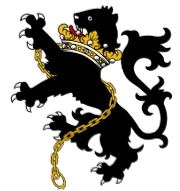
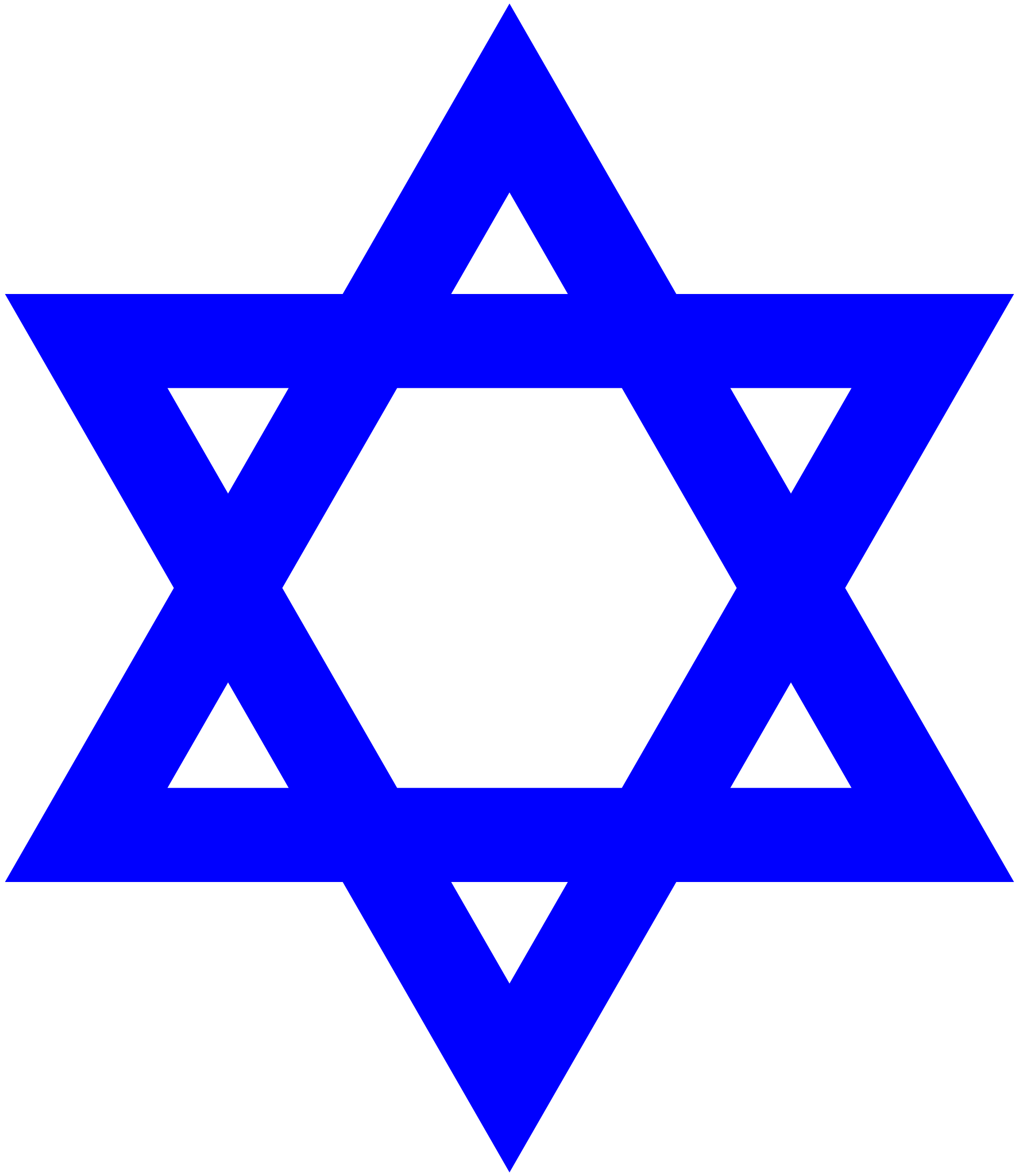
The Tribe of Zebulun:
Zebulun (or Zevulun) was the tenth of Yaakov’s sons, born to him by Leah. The name means ‘a habitation’ or ‘a dwelling’, as it is written:-
“And Leah said, G-d hath endued me with a good dowry; now will my husband dwell with me (יִזְבְּלֵנִי yizableini), because I have born him six sons: and she called his name Zebulun (זְבֻלוּן).” (Gen. 30:20.)
Unlike a בַּיִת bayith, which is the usual word for a house, a זְּבֻל zevul signifies a more permanent dwelling.
The tribes of Zebulun were:-
the Sardi or Seredi סַּרְדִּי, named after Sered סֶרֶד,
the Eloni אֵלֹנִי,
named after Elon אֵלוֹן,
and the Yahleeli יַּחְלְאֵלִי, named after Yachl’el יַחְלְאֵל. (Num. 26:26.)
Under the name Σαβαλίγγιοι Sabalingioi,1 these descendants of Zebulun settled in Holland. The name Sabalingioi means nation (i.e. גוֹי goi) of Zevulun. The Σειδινοὶ Seidinoi 2 who settled in this region appear to be named after Sered. The dropping of the letter ‘r’ in pronunciation is well-attested. Elon’s descendants were known to the Romans as Alans. Under the name Αἰλουαίωνες Ailouaines,3 Ptolemy tells us that they also settled in the region of Holland. It is possible that the related tribe of Καλούκωνες Calucones 4 mentioned by Ptolemy were similarly named after Yachl'el.
Under the names Sardo “daughter” of Sthenelus and Sardus “son” of Maceris,5 the family named after Sered son of Zevulun gave their name to a number of places including Sardis in Anatolia, Sardene in Mysia, Sardes in Lydia and the island of Sardinia. In The Forgotten Tribe of Naphtali & the Phoenicians, we demonstrate that Sthenelos is a corruption of the name Shutelach (AV Shuthelah), who was a son of Ephraim. (Num. 26:35.) We also demonstrate that Maceris is a variant spelling of the name Machir, who was of the tribe of Menashe. The Greek and Roman historians were inventing associations between the various tribes thereby creating false and misleading genealogies. Of course, these descendants of Sered are no longer to be found in these places to which they originally gave their name, but it does serve to demonstrate the route of their migration through Europe to their current location in Holland.
“Zebulun shall dwell at the haven of the sea; and he shall be for an haven of ships; and his border shall be unto Zidon.” (Gen. 49:13.)
Whilst in the Promised Land, the tribe of Zebulun were located inland well away from the sea. This prophecy was therefore reserved for a later date. Rotterdam has for decades been the largest port in the world and is today still the biggest port in Europe. The word translated as ‘haven’ is חוֹף chof, meaning seashore. The Mechon Mamre translates this passage as:-
“Zebulun shall dwell at the shore of the sea, and he shall be a shore for ships, and his flank shall be upon Zidon.”6
It is understood that approximately half of Holland is actually land reclaimed from the sea and that as much as two-thirds of the country is below sea level.
“...for they shall suck of the abundance of the seas, and of treasures hidden in the sand.” (Deut. 33:19.)
Most of Holland’s wealth is derived from the sand and the sea. The country is the biggest flower and bulb exporter in the world. The Dutch use a mixture of sand and clay to grow the bulbs. They also have a thriving fishing industry.
Shell is the second largest oil and gas company in the world in terms of revenue. It is an Anglo-Dutch multi-national oil and gas company whose headquarters are located in The Hague, Netherlands. Gas and oil can also be defined as “treasures hidden in the sand.”
The following articles provide more information on these matters and are well worth reading:-
http://hebrewnations.com/articles/tribes/netherlands/zebhol.html. An article on Yair Davidiy’s site (www.hebrewnations.com) written by Bert Otten evaluating the the evidence in relation to the prophecies concerning the tribe of Zevulun.
http://hebrewnations.com/articles/tribes/netherlands/sand.html. An article by Yair Davidiy adding further evidence in support of the identification of the tribe of Zevulun as the Dutch inhabitants of Holland.
Zebulun’s Stone
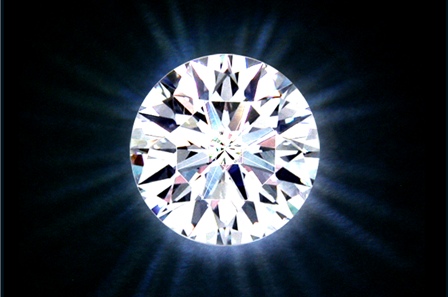
|
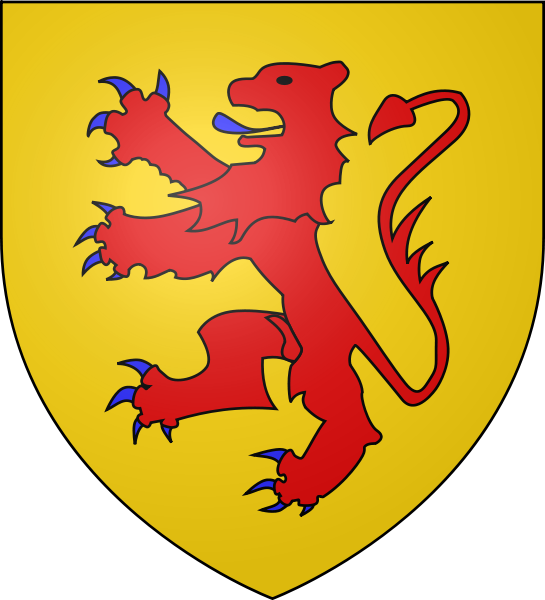
|
White diamond. |
Coat of Arms of Holland. |
Each of the stones on the priestly breastplate, which was worn by the High Priest, represented one of the twelve tribes. The stone which represented the tribe of Zevulun is called יָהֲלֹם yahalom, a word which is usually translated as diamond. (Exod. 28:18 & 39:11.) The white diamond is the most precious of all diamonds. Ginzberg translates the word as white pearl, “for with his merchant ships he [i.e. Zebulun] sailed the sea and drew his sustenance from the ocean from which the pearl, too, is drawn”.7 The Hebrew word for pearl is usually פִּנִינָהּ p’nina or פְּנִינִים p’ninim in the plural. Having said that, the word פְּנִינִים p’ninim is translated elsewhere in the Bible as rubies with Lamentations describing the p’ninim as being “more ruddy/red in body than rubies”. (Lam. 4:7.) What is pertinent to our enquiry is that Ginzberg describes the pearl as white. The rabbinical sources, however, favour it being “an opaque stone of rich green color”8 and point out that the art of cutting diamonds is of a relatively late date.9 The same source also comments on the fact that yahalom is probably derived from הָלַם halam meaning ‘to be hard’ or ‘to hammer’. It is argued that Zebulun’s flag or banner was white.10 This would then accord with the identification of the stone as a white diamond, or (as Ginzberg believed) a white pearl.
The Coat of Arms of the Counts of Holland is a lion rampant on a yellow background, which suggests that the ruling house belonged to the tribe of Judah. The counts who ruled Holland were probably of Frisian descent.11 Yair Davidiy believes that the Frisians, who at one time held control of the country, took their name from Pharetz son of Judah.12 The evidence seems to suggest that he is right.
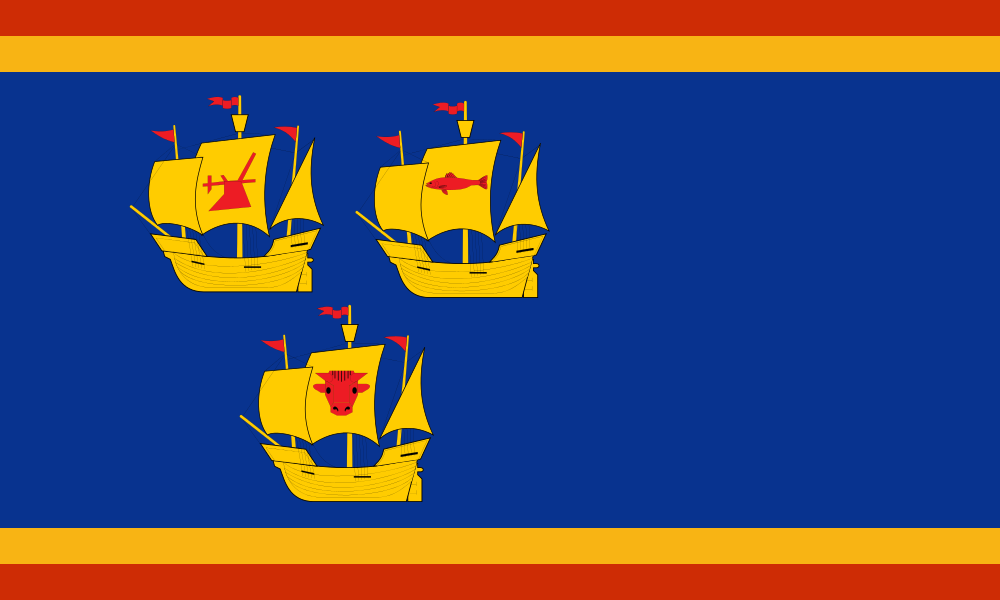
|
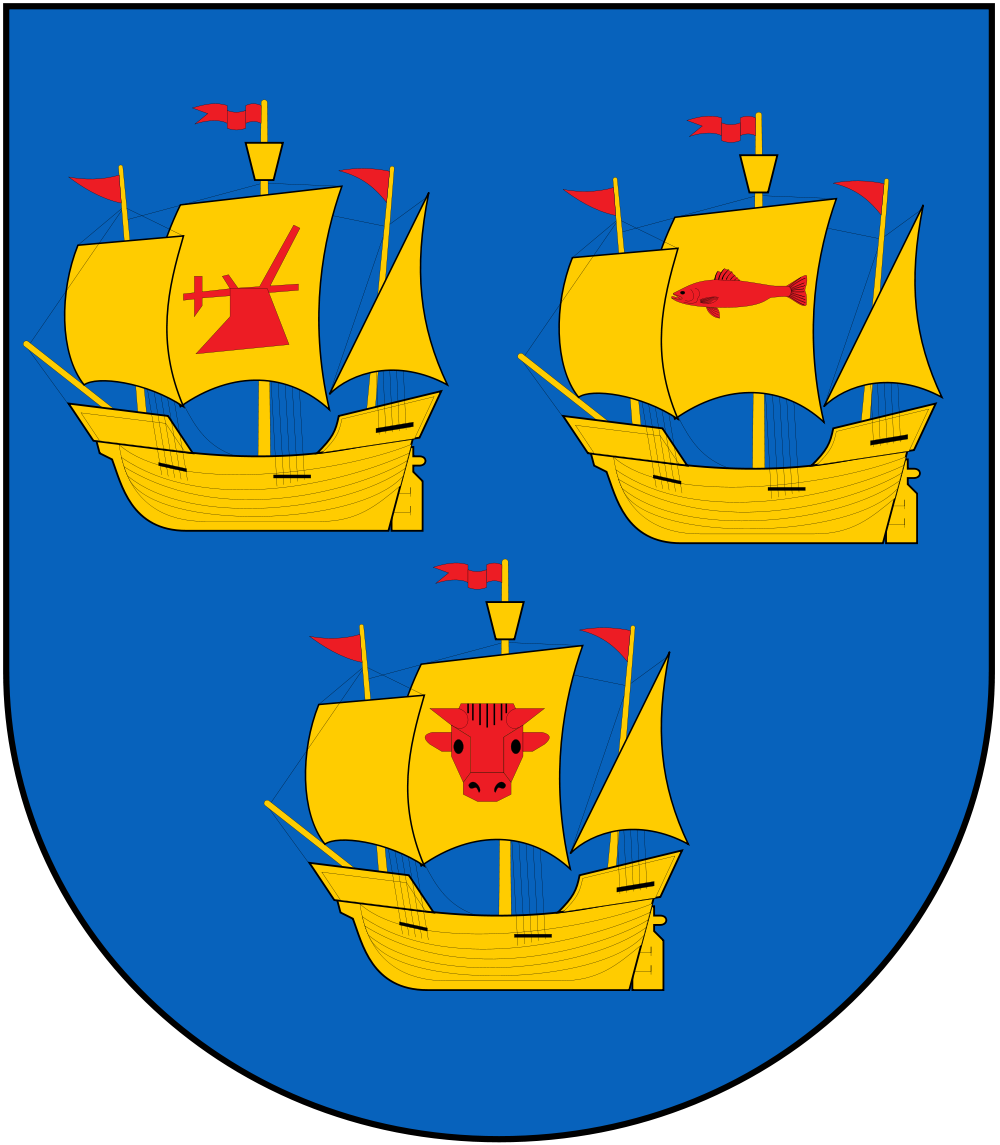
|
Nordfriesland flag. |
Coat of Arms of Nordfriesland. |
During its long history, the country changed ownership a number of times, being at one time part of Frisia, then coming under the jursidiction of the Burgundian dukes, who were French, later becoming part of the Holy Roman Empire under the control of the Hapsburgs, and even at one time coming under Spanish hegemony. We therefore do not have any particular flag or Coat of Arms to compare for colour. It is interesting to see, however, that the Coat of Arms and Flag of North Friesland (Nordfriesland) has ships portrayed on them. The ship was the symbol for the tribe of Zebulun.13 If the Frisians are of the tribe of Judah, then the ship emblem probably represents the tribe of Zebulun dating from the time when the Frisians reigned over them.
Despite the reservations the rabbinical sources may have raised, bearing in mind that Amsterdam is the diamond capital of the world, it is almost certainly the case that the diamond is the intended stone. Unfortunately, the word יָהֲלֹם yahalom is only used one other time outside of their mention in the Book of Exodus. It appears in the Book of Yechezekel (Ezek. 28:13) where it is quoted as one of the precious stones of the Garden of Eden.
Whilst the word diamond appears in the Book of Jeremiah, viz:
“The sin of Judah is written with a pen of iron, and with the point of a diamond: it is graven upon the table of their heart, and upon the horns of your altars.” (Jer. 17:1.)
The word here translated as diamond is שָׁמִיר shamir, though Talmudic sources argue that the shamir was not a precious stone.14
| 1. | Ptolemy, Geography Book 2, Chap. 11, §.11. (Chap. 10 in some copies.) [Return] |
| 2. | Ptolemy, Geography Book 2, Chap. 11, §.14. (Chap. 10 in some copies.) [Return] |
| 3. | Ptolemy, Geography Book 2, Chap. 11, §.17. (Chap. 10 in some copies.) [Return] |
| 4. | Ptolemy, Geography Book 2, Chap. 11, §.19. (Chap. 10 in some copies.) [Return] |
| 5. | Dictionary of Greek and Roman Biology and Mythology, Vol. 3, p.712 (Entries under Sardo and Sardus), William Smith, Boston 1870. [Return] |
| 6. | Mechon Mamre Gen. 49:13. [Return] |
| 7. | The Legends of the Jews Vol. 3 (From the Exodus to the Death of Moses), pp.170-171 – The Stones in the Breastplate, Rabbi Louis Ginzberg (translated from the German by Paul Radin), Philadelphia 1911. [Return] |
| 8. | Jewish Encyclopedia Vol. 5, Entry under Gems, Isidore Singer et al, New York 1900. [Return] |
| 9. | Ibid. Entry under Gems - Ring Stone. [Return] |
| 10. | Jewish Encyclopedia Vol. 5, entry under Flag, Isidore Singer et al, New York 1900. [Return] |
| 11. | http://en.wikipedia.org/wiki/Gerolf_of_Holland. [Return] |
| 12. | http://hebrewnations.com/articles/biblical-proof/attributes/rolenames.html. [Return] |
| 13. | Jewish Encyclopedia Vol. 5, entry under Flag, Isidore Singer et al, New York 1900. [Return] |
| 14. | Jewish Encyclopedia Vol. 5, entry under Gems - Ring Stone, Isidore Singer et al, New York 1900. [Return] |
Dated 23 Dec 2013.
©AHR Researches.